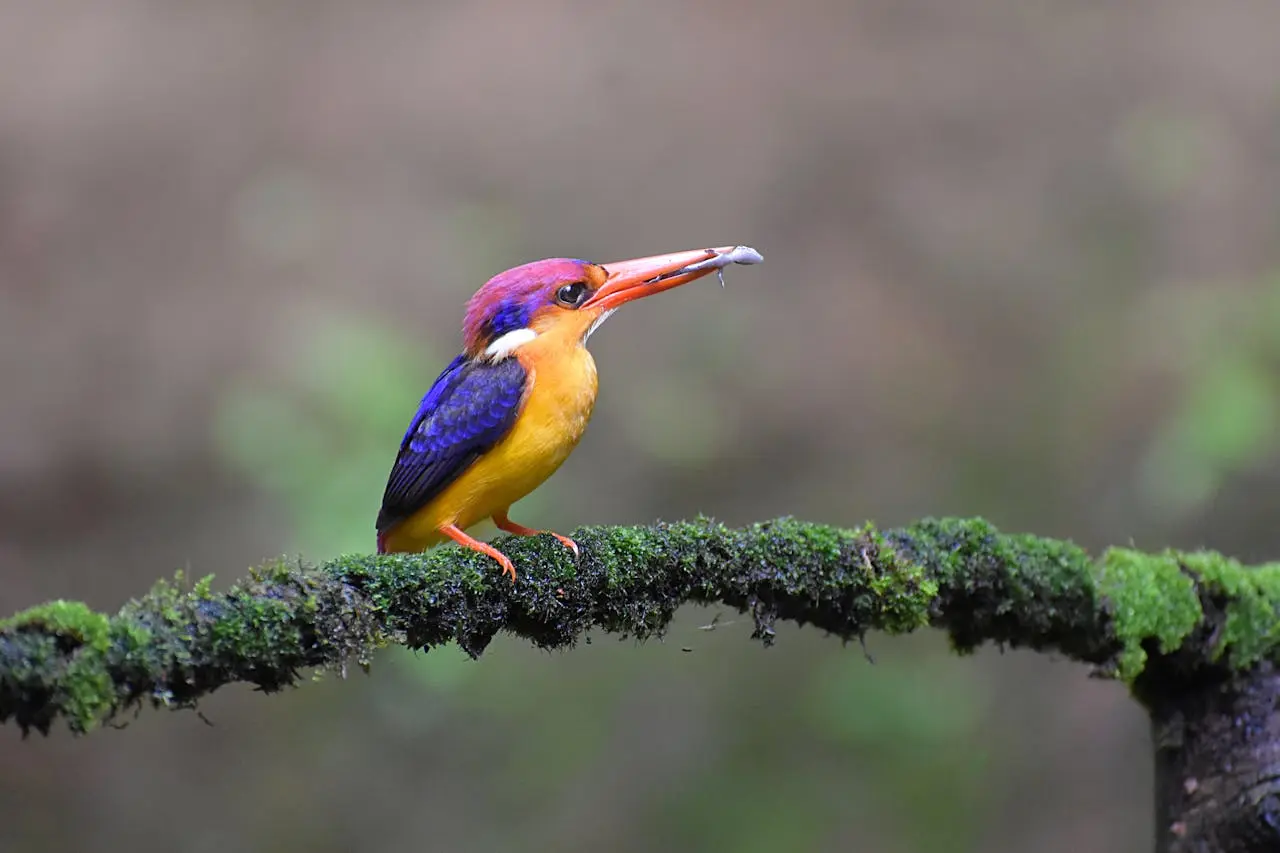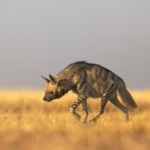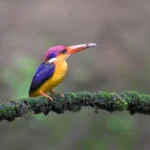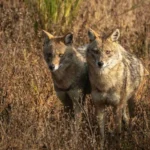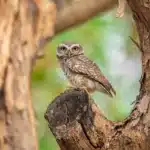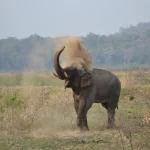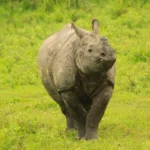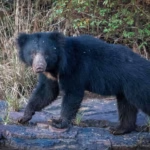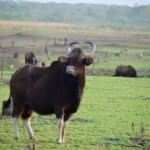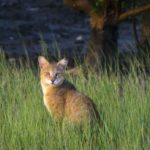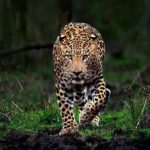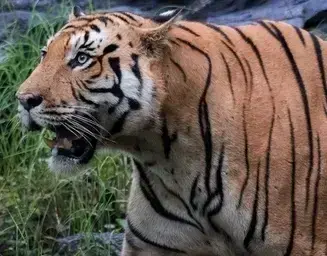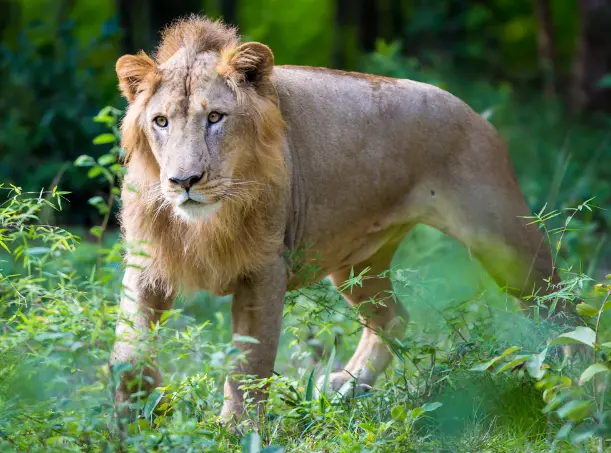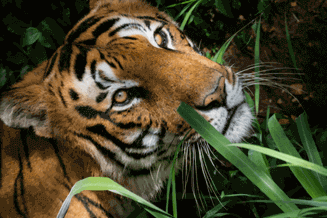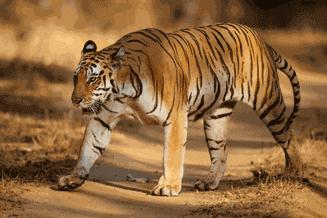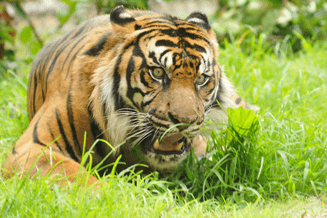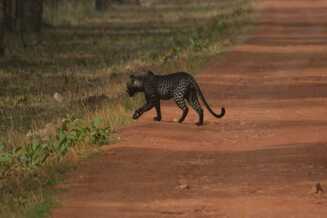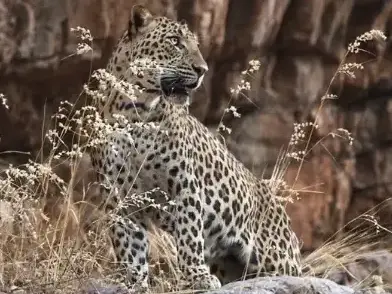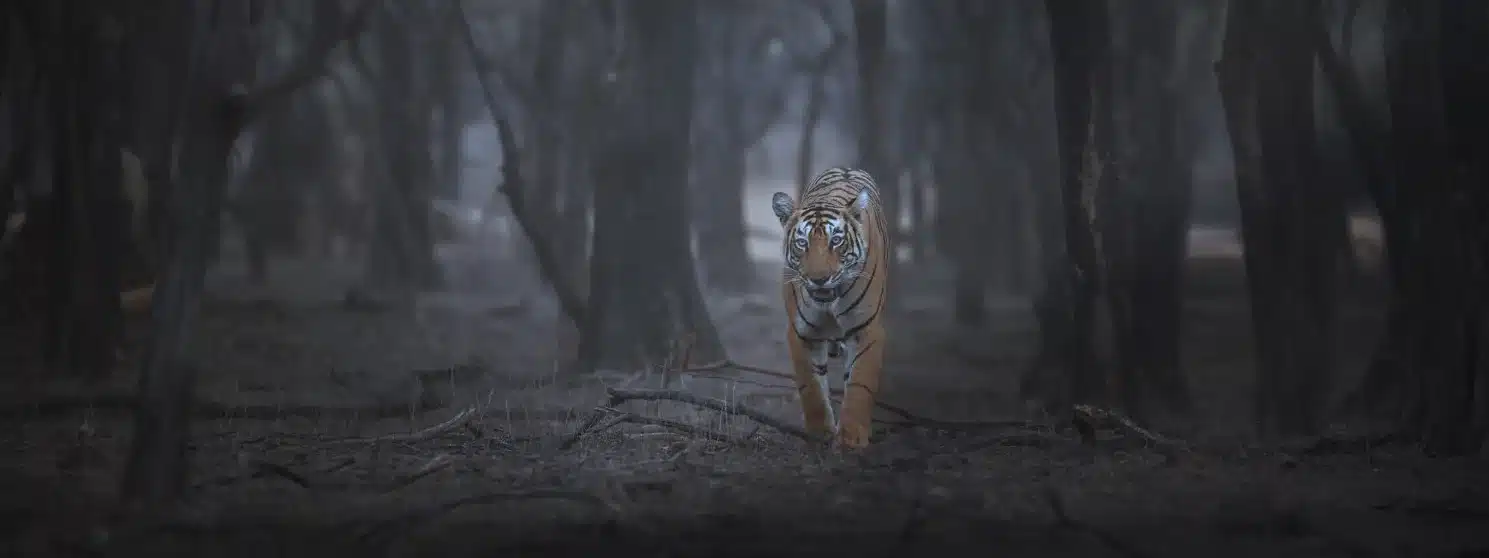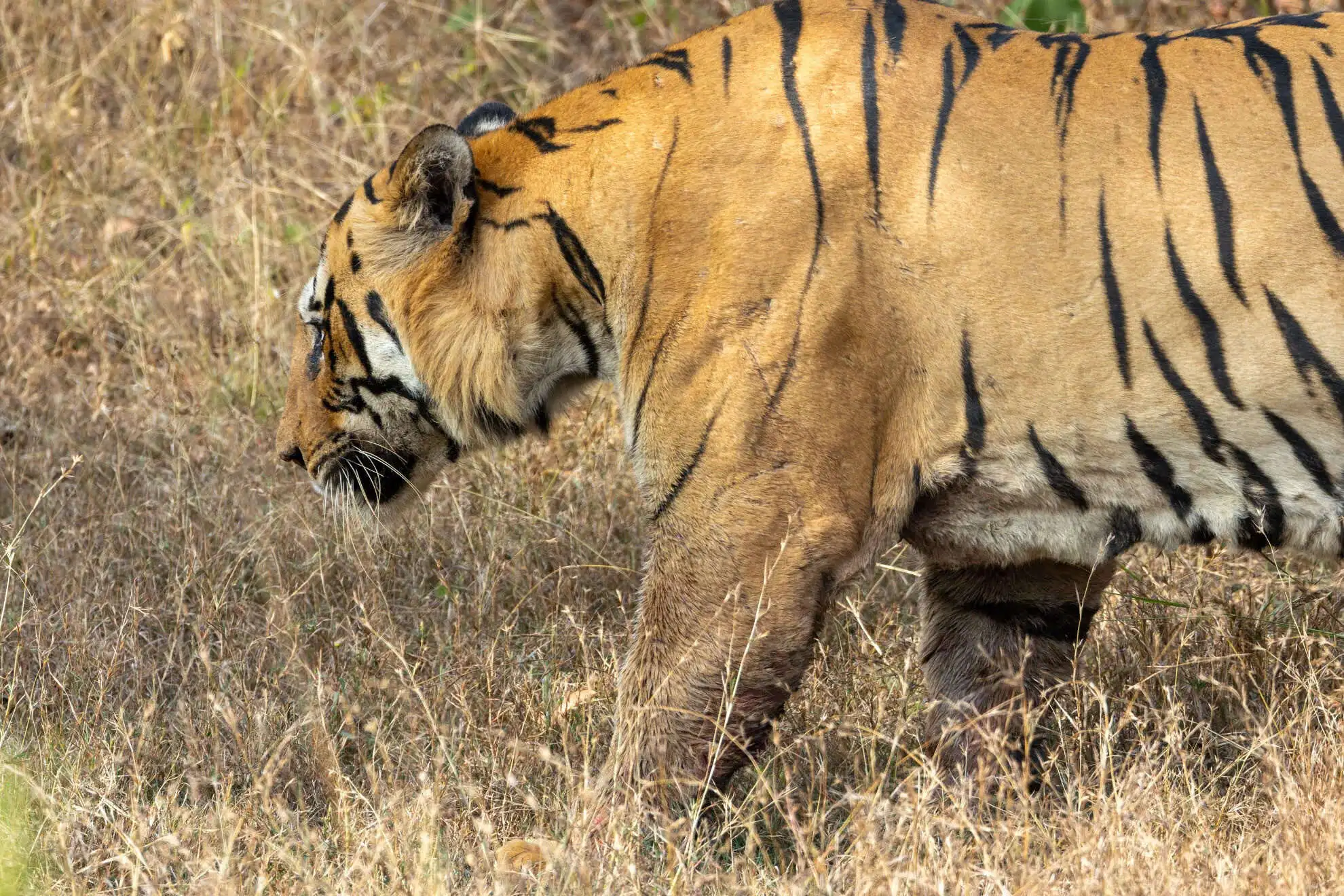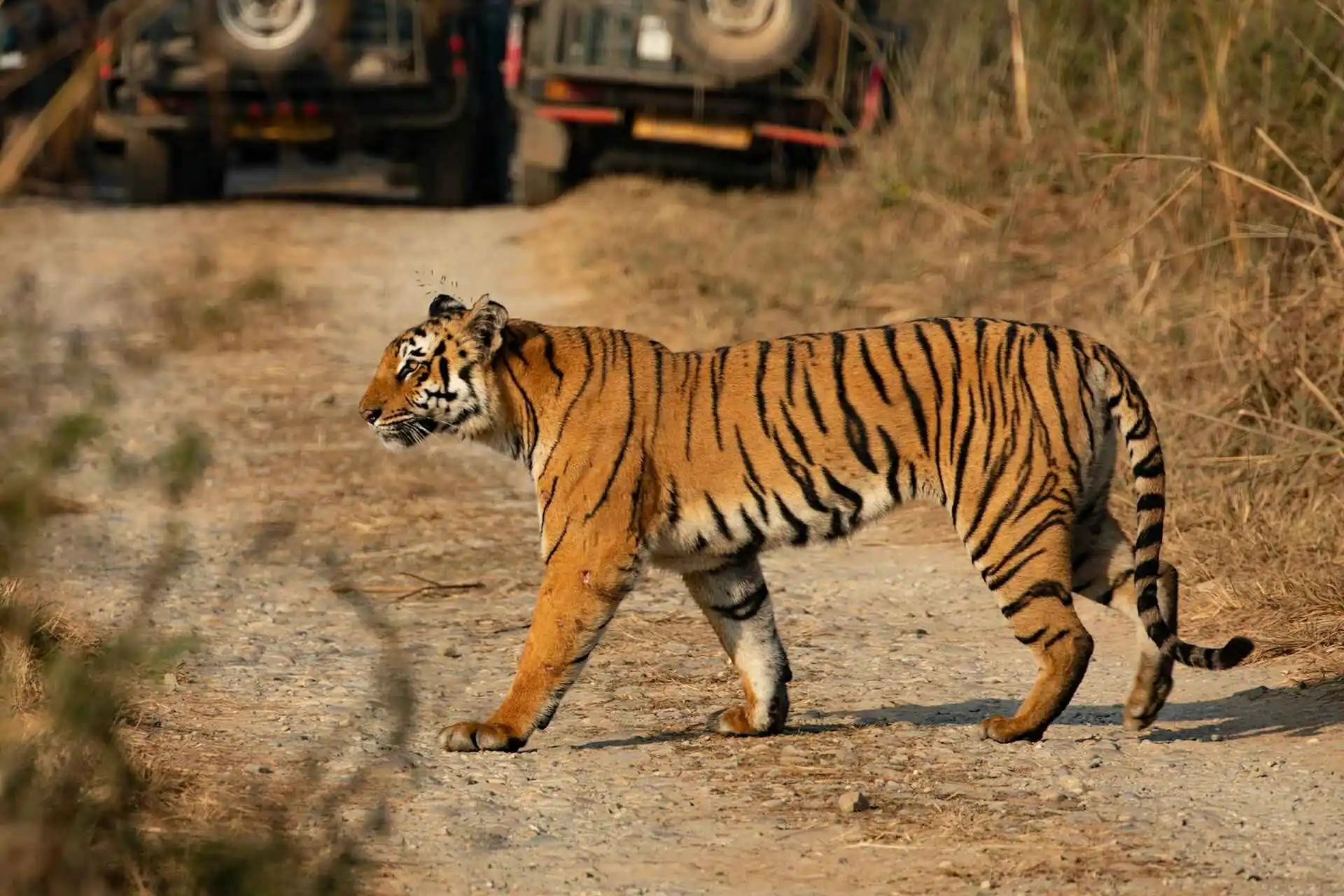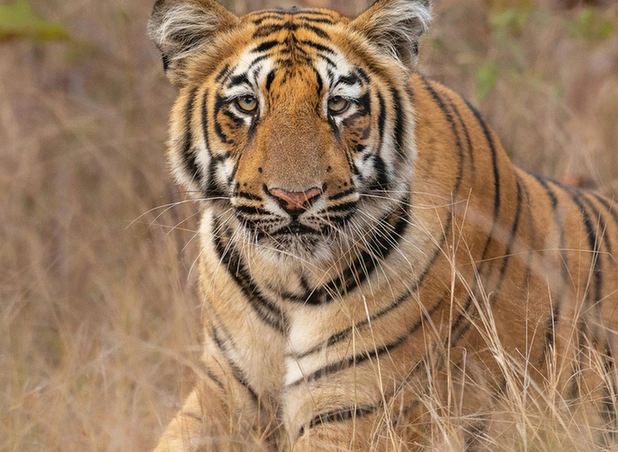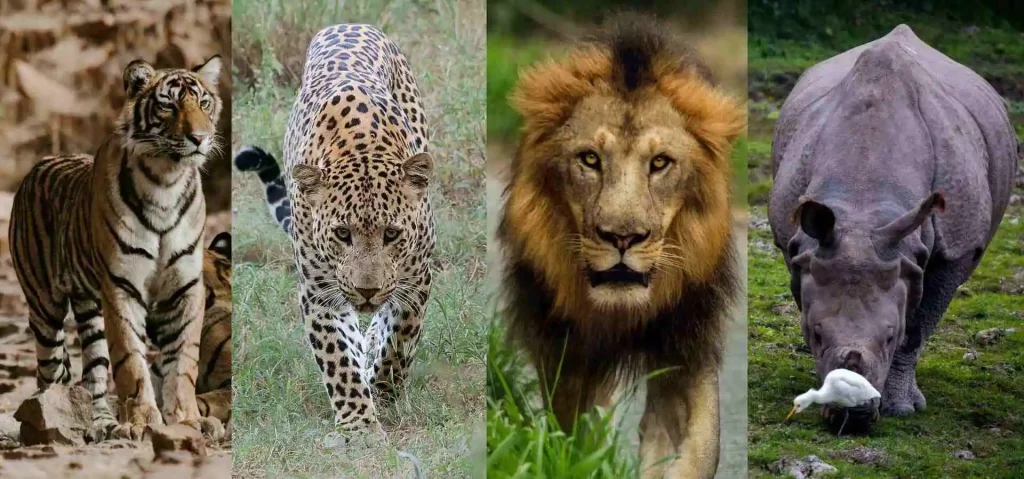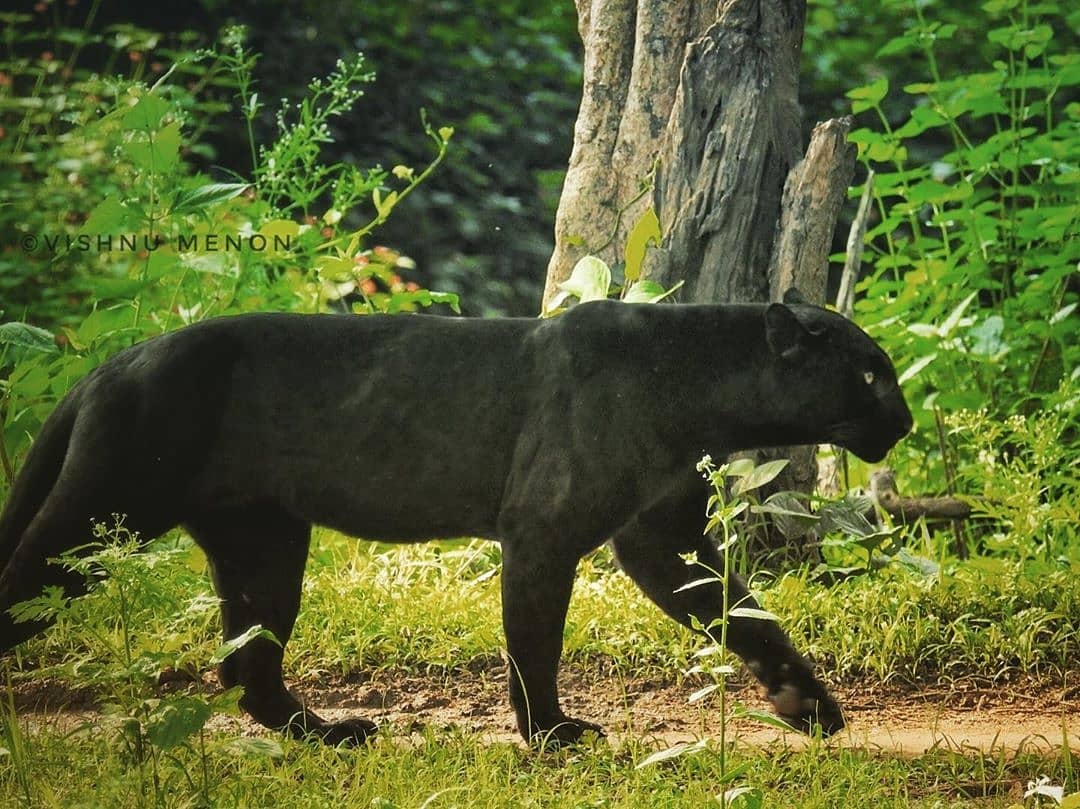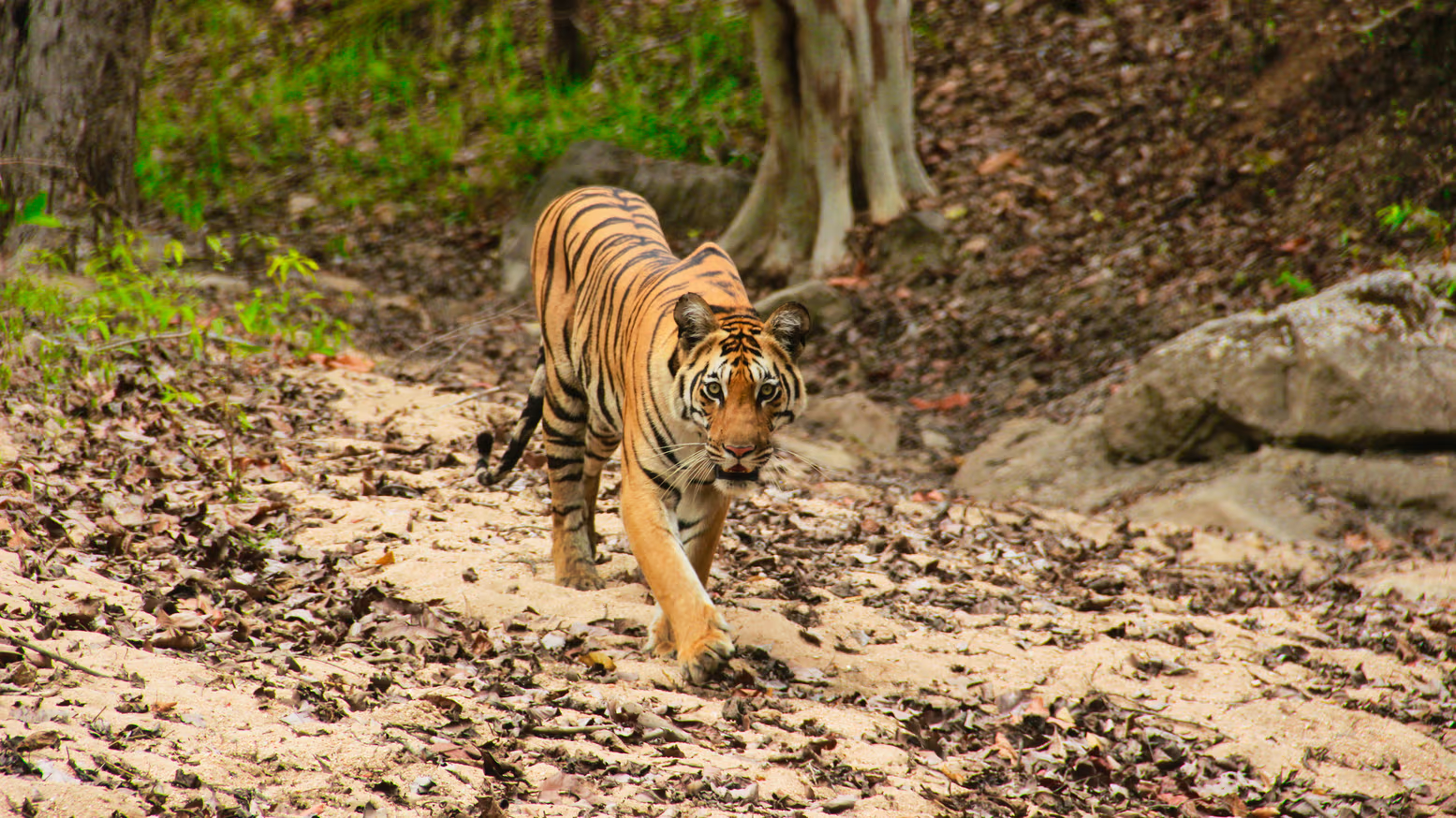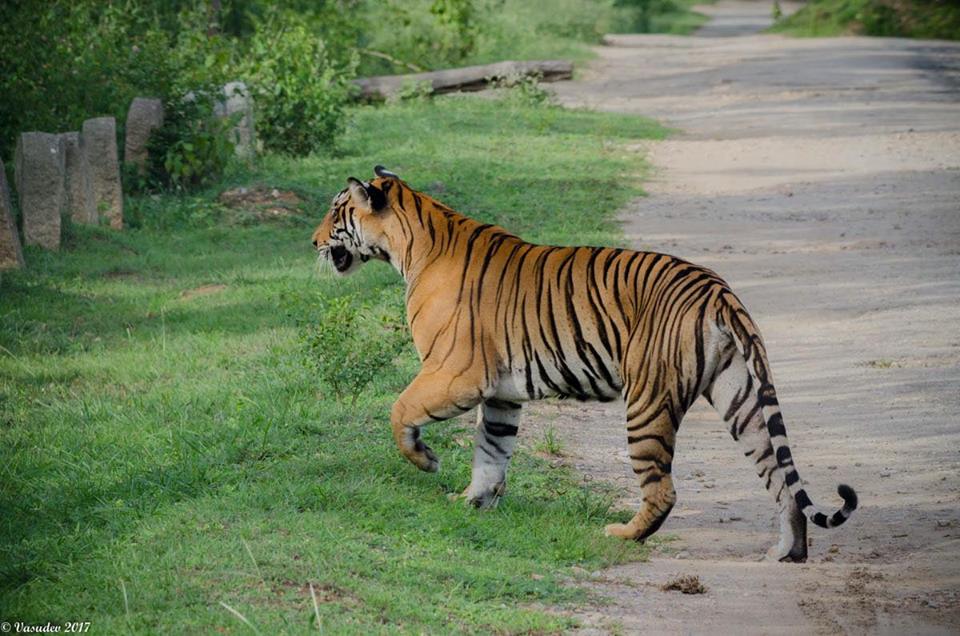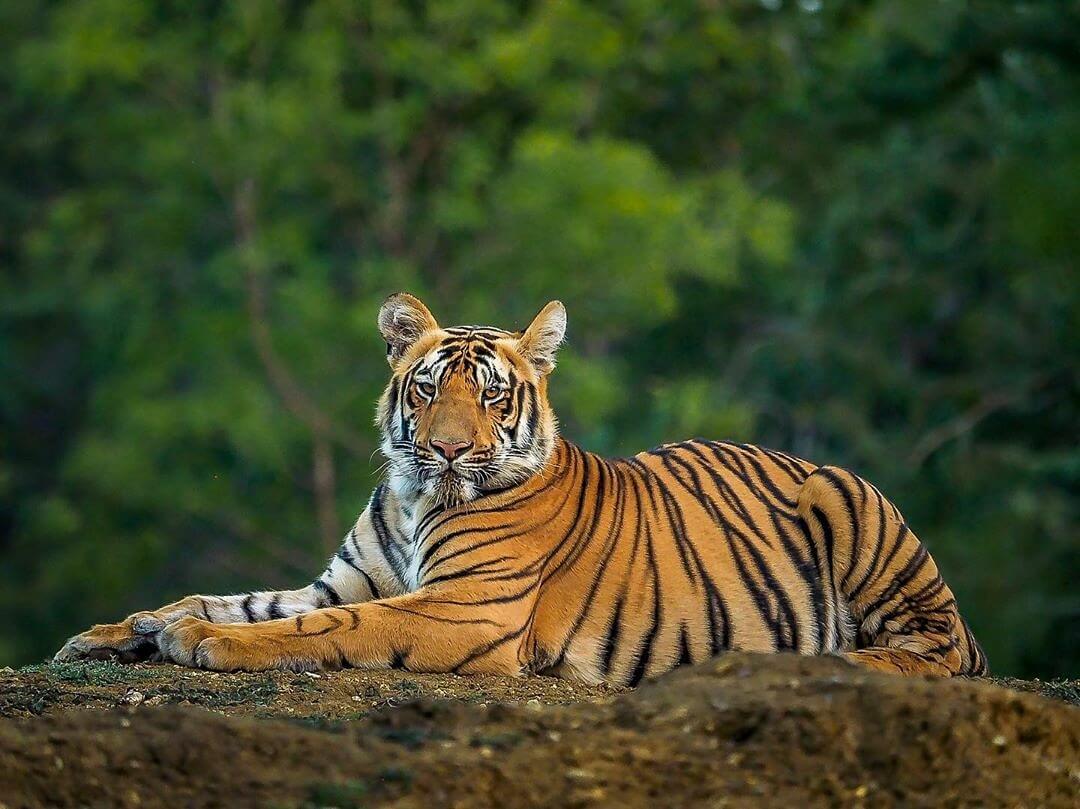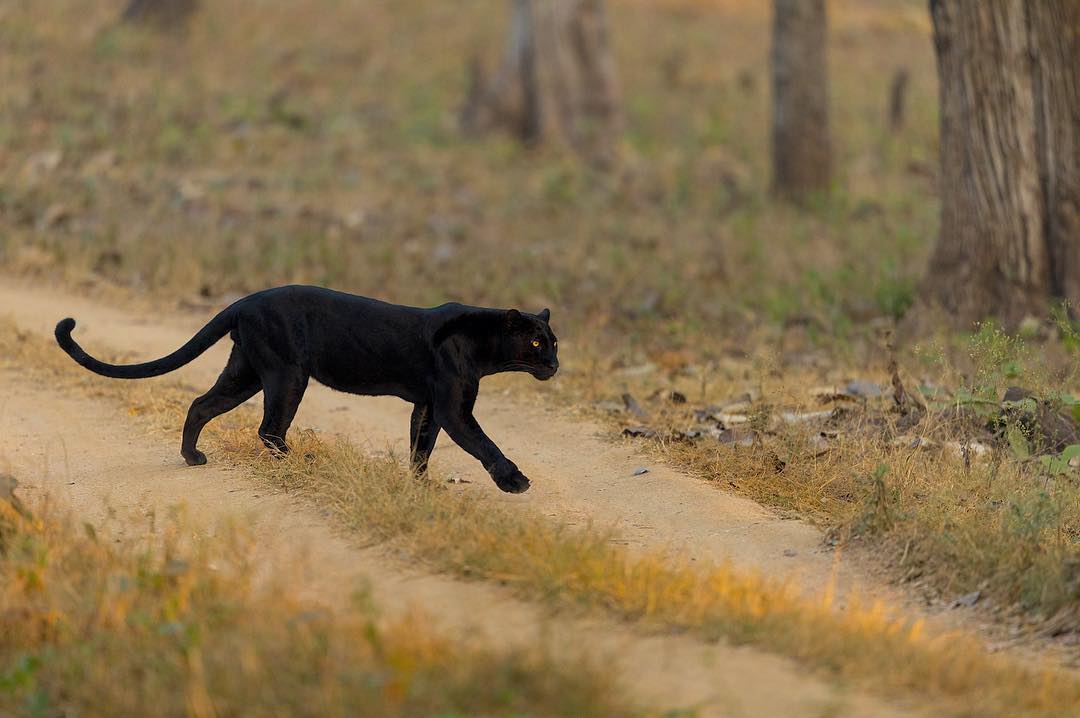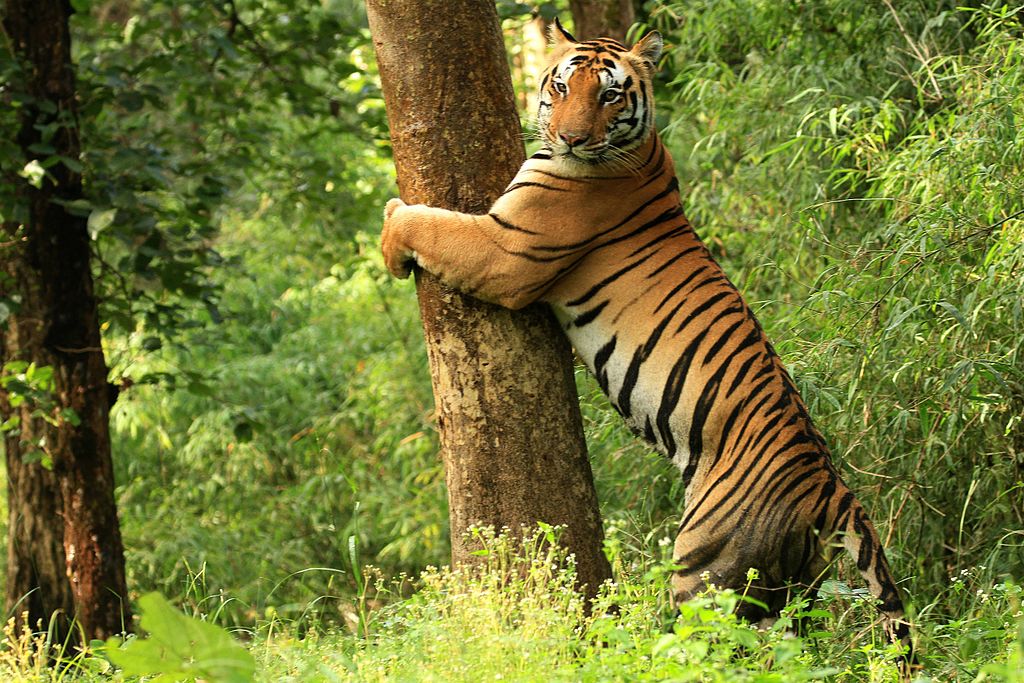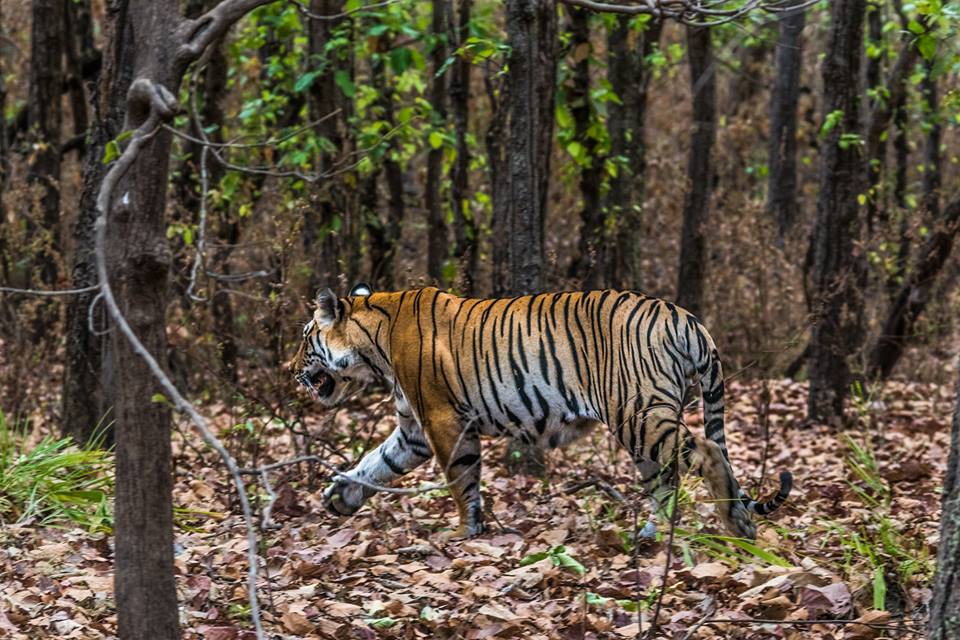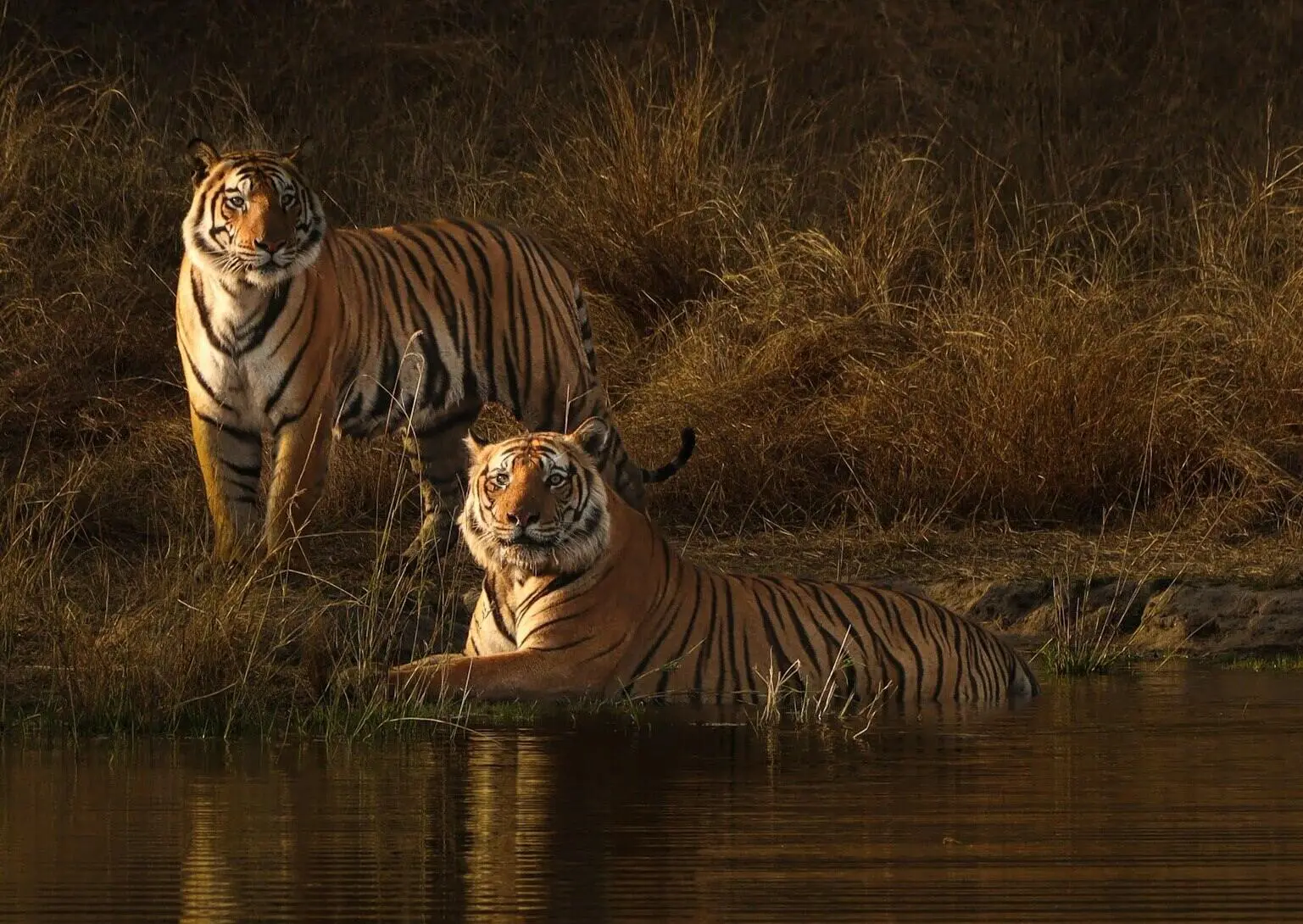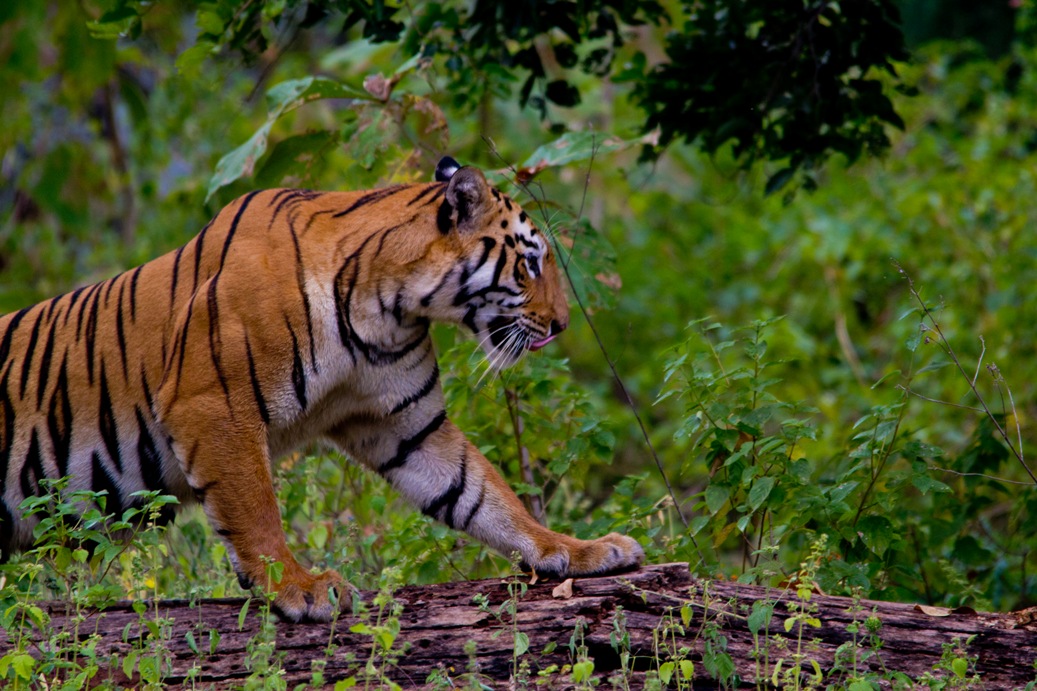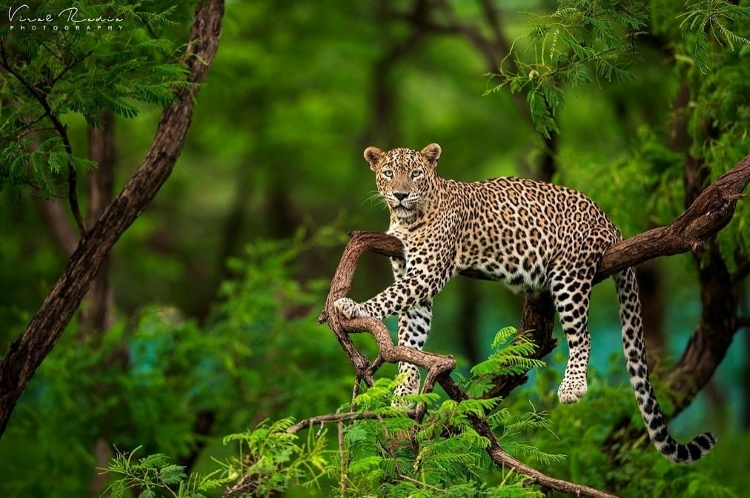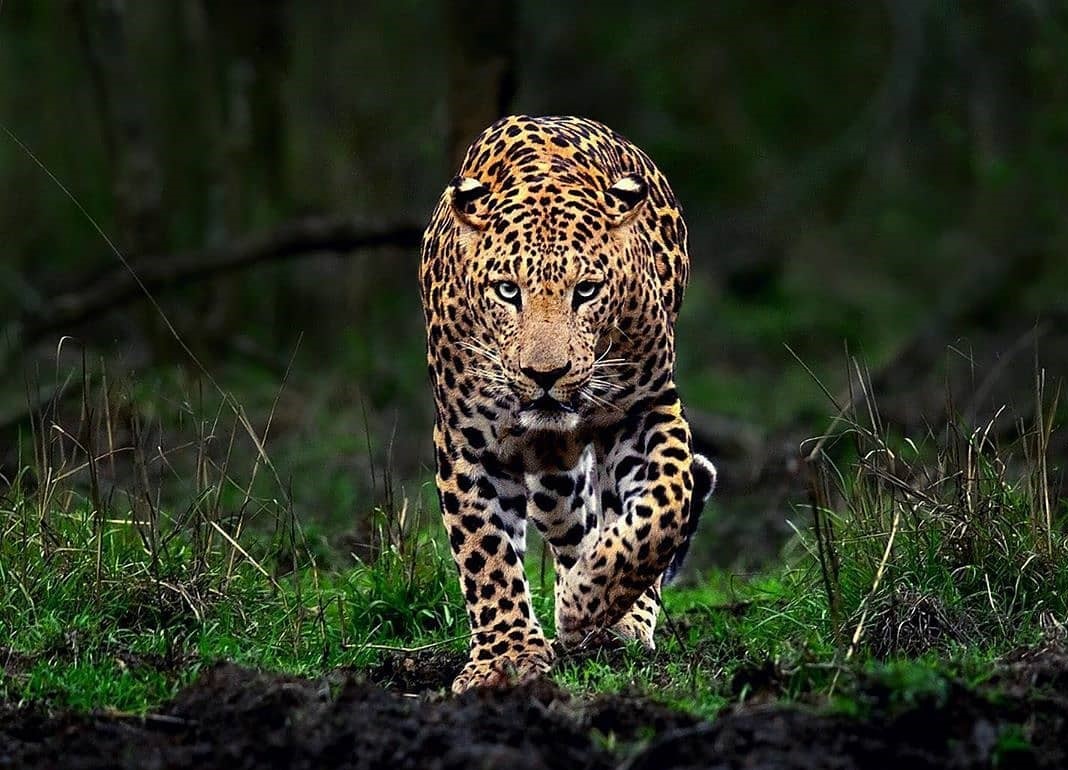The Oriental Dwarf Kingfisher, often called the “Jewel of the Forest,” ranks among India’s most spectacular birds despite its tiny size. This vibrant little hunter dazzles observers with its kaleidoscope of colors that seem almost unreal against the dark forest backdrop. Unlike most kingfishers that hover near water bodies, this species often hunts far from streams, making it a unique member of the kingfisher family and a prized sighting for birdwatchers visiting India’s western and northeastern forests.
Key Characteristics Table
| Feature | Details |
|---|---|
| Scientific Name | Ceyx erithaca |
| Common Name | Oriental Dwarf Kingfisher |
| Size | 13–14 cm (5–5.5 inches) |
| Weight | Around 14–17 grams |
| Coloration | Bright orange head, violet-blue back, yellow-orange underparts |
| Range | India (Western Ghats, Northeast), Sri Lanka, Southeast Asia |
| Breeding Season | June to August (varies by region) |
| IUCN Status | Least Concern |
Physical Characteristics
Scientific name: Ceyx erithaca
The Oriental Dwarf Kingfisher measures just 13 cm (5 inches) in length, making it one of the smallest kingfishers in the world. What it lacks in size, it makes up for in color – its plumage showcases an extraordinary combination of deep lilac, bright orange, and electric blue. Its upperparts gleam with a metallic blue-purple sheen, while its underparts display a rich orange-red. The bird features a striking red bill and legs, with a distinctive white patch on the neck and throat.
Unlike many bird species, male and female Oriental Dwarf Kingfishers look nearly identical, making gender identification challenging in the field. Juveniles appear slightly duller with a blackish bill tip.
Also Know which are Most Popular Birds of India
Habitat and Distribution
This colorful hunter inhabits dense, humid forests with small streams, typically in lowland and foothill regions. In India, it’s primarily found along the Western Ghats, Eastern Himalayas, and parts of Northeast India. It prefers areas with thick undergrowth and good canopy cover, often selecting territories near small forest streams or pools but sometimes hunting quite far from water sources.
While some populations are resident, others migrate seasonally. The Western Ghats population shows interesting movements, appearing in the region primarily during monsoon months for breeding before disappearing to wintering grounds that remain somewhat mysterious to researchers.
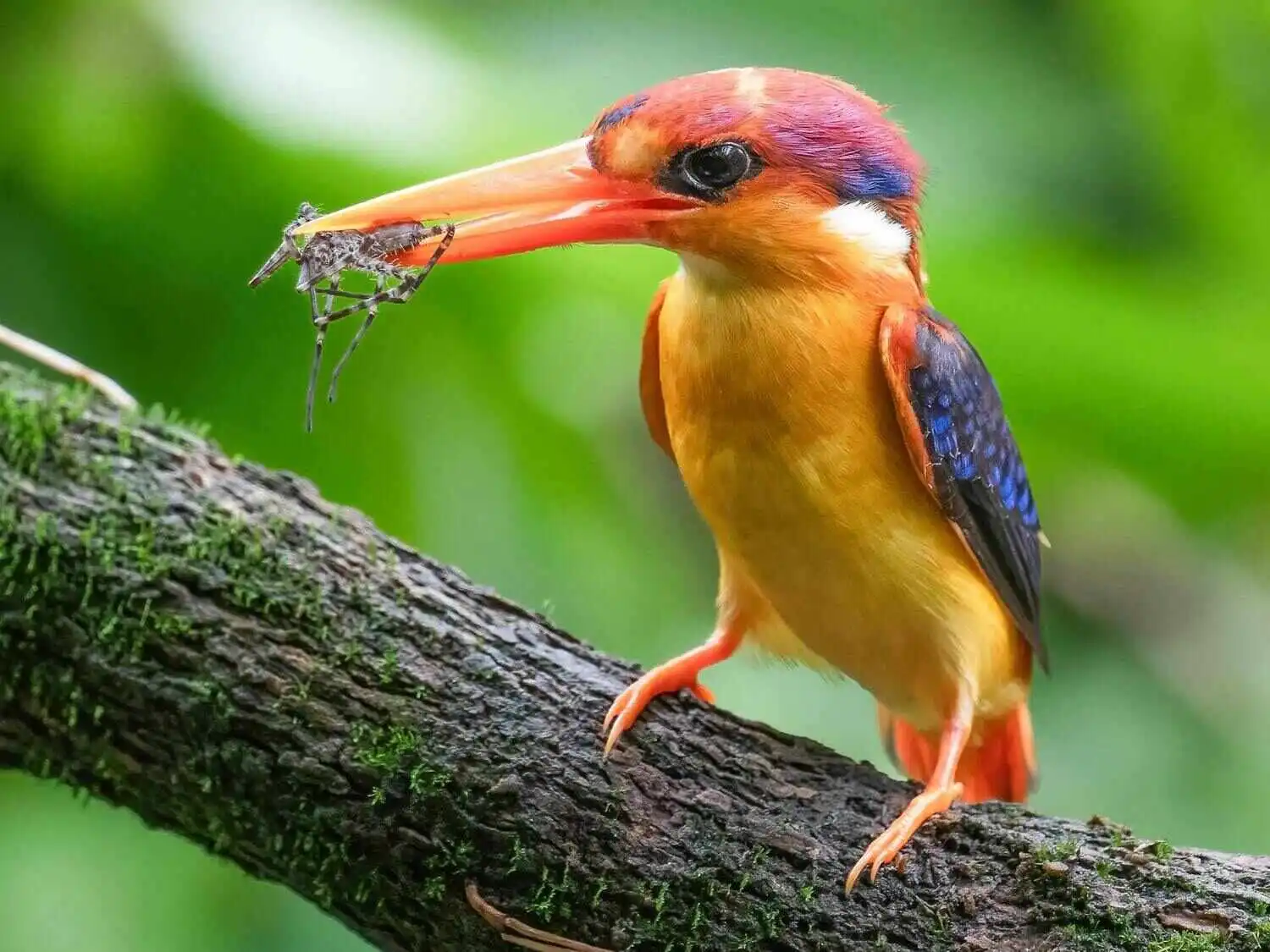
Behavior
Despite its bright colors, the Oriental Dwarf Kingfisher remains remarkably difficult to spot. It typically perches motionless on low branches about 1-2 meters above ground, scanning for prey. Unlike typical kingfishers that dive into water, this species most often darts down to the forest floor to capture insects, small lizards, frogs, and occasionally small fish.
The bird moves in quick, direct flights through the forest understory. When hunting, it characteristically bobs its head before striking. It tends to be solitary except during breeding season, maintaining small territories typically centered around suitable nesting sites rather than water bodies.
Its call consists of high-pitched, thin squeaks, usually given while in flight – a sharp “tseeep” that’s easily missed by untrained ears.
Breeding and Lifecycle
The Oriental Dwarf Kingfisher nests in tunnels excavated in earth banks or sometimes in tree termite nests. Both males and females participate in digging these tunnels, which typically extend 30-50 cm horizontally into soft soil and end in a small nesting chamber.
In India, breeding coincides with the monsoon season (June to September in the Western Ghats), when soft soil makes tunnel construction easier and food becomes abundant. The female typically lays 4-6 glossy white eggs, and both parents share incubation duties. Young birds fledge after about three weeks but stay with their parents for additional training in hunting techniques.
The average lifespan remains poorly documented but is estimated at 4-6 years in the wild.
Conservation Status
Conservation status: Least Concern globally, but local populations face pressure
While listed as Least Concern on the IUCN Red List due to its wide distribution across Asia, localized populations in India face significant threats. Primary challenges include:
- Deforestation and fragmentation of its specialized forest habitat
- Loss of breeding sites through riverbank modification
- Pesticide use reducing prey availability
- Climate change altering rainfall patterns crucial for breeding
No specific conservation programs target this species, though it benefits from general forest protection measures in reserves throughout its range.
Where to Spot in India
The best locations to observe the Oriental Dwarf Kingfisher include:
- Thattekad Bird Sanctuary, Kerala: Perhaps India’s most reliable spot for sightings
- Agumbe Rainforest, Karnataka: Known for good monsoon season sightings
- Silent Valley National Park, Kerala: Pristine habitat with healthy populations
- Bhagwan Mahavir Wildlife Sanctuary, Goa: Accessible forests with known territories
- Mhadei Wildlife Sanctuary, Goa: Excellent monsoon sightings
- Nameri National Park, Assam: Northeastern population can be found here
- Eaglenest Wildlife Sanctuary, Arunachal Pradesh: Higher elevation sightings possible
For serious birdwatchers, guides often know specific territories within these parks where birds return year after year.
Best Time to Visit
The optimal timing for spotting Oriental Dwarf Kingfishers varies by region:
- Western Ghats: June to September (monsoon season) offers the best opportunity as birds arrive specifically to breed. July and August typically yield the highest success rates.
- Northeast India: March to May before heavy monsoons is generally better, though sightings are possible year-round.
Daily activity peaks early morning (6:00-9:00 AM) and late afternoon (4:00-6:00 PM). During breeding season, activity levels increase substantially as birds make frequent trips to and from nesting sites.
Patience is essential – successful sightings often require waiting quietly near suitable habitat rather than actively searching.
Photography Tips
Capturing this fast-moving, colorful bird presents unique challenges:
- Use fast lenses (f/2.8 or faster) to cope with the dark forest environment
- Set high ISO (800-3200 depending on conditions) to maintain fast shutter speeds
- Shutter speeds of at least 1/500 second help freeze motion during hunting strikes
- Employ burst mode to capture the split-second hunting action
- Consider using flash with diffuser in extremely dark conditions (with minimal disturbance)
- Position yourself near known perches and wait rather than pursuing the bird
- Morning light after rain provides the best combination of activity and lighting
The bird’s colors can appear almost artificially vibrant – avoid over-saturating images during processing.

